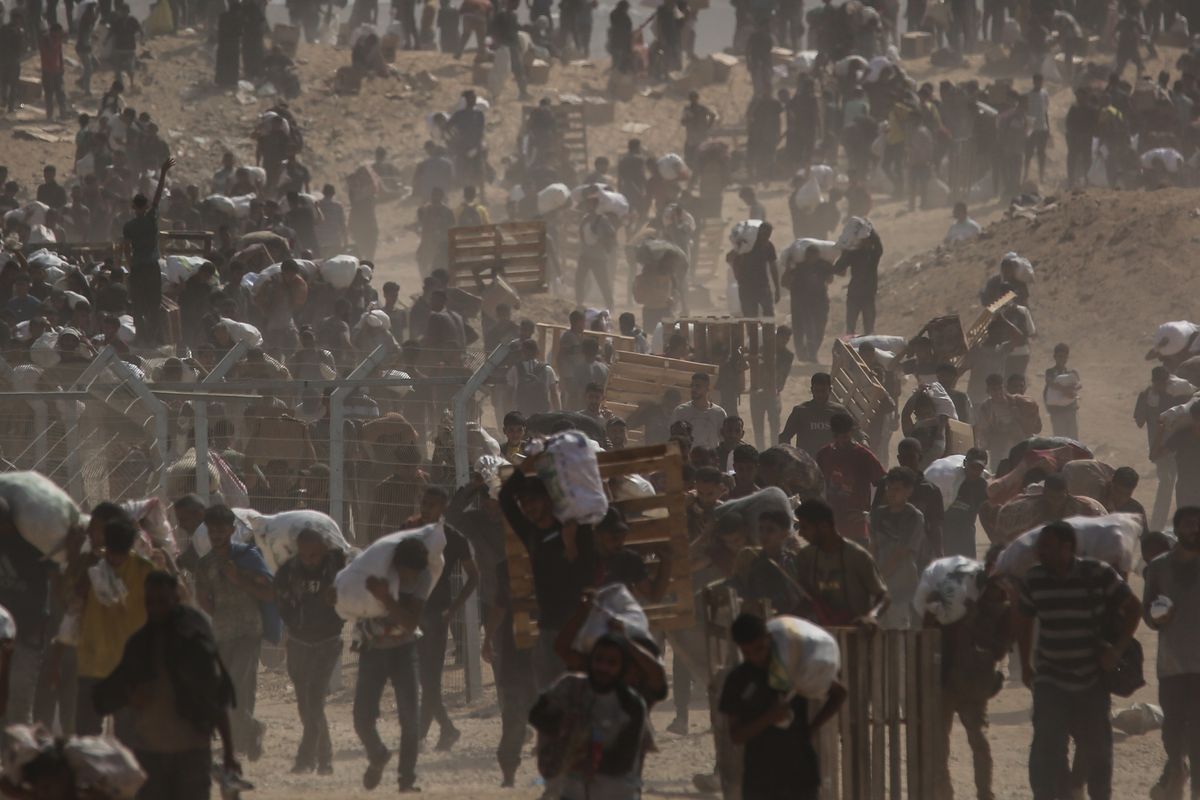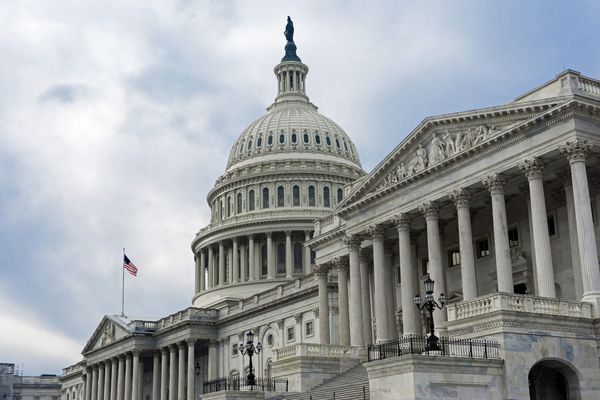According to U.S. Navy officials, confrontations between American and Iranian naval vessels in the Persian Gulf have risen by roughly 50 percent. This despite the fact that the landmark Joint Comprehensive Plan of Action (JCPOA) deal with Iran, which lifted nuclear sanctions on the country, was implemented in January 2016. The Cipher Brief sat down with former Chief of Naval Operations, Admiral Jonathan W. Greenert, to find out why.
The Cipher Brief: Over the past several months, Iranian naval vessels have performed dozens of high-speed intercepts of U.S. naval vessels in the Strait of Hormuz. What are the dangers presented by such maneuvers?
Jonathan Greenert: There is no significant danger to our combatant warships, which are trained and equipped to handle these fast small craft. Our systems and tactics have evolved with the threat. The key issue is miscalculation – for example, an Iranian Revolutionary Guard Corps Navy (IRGCN) vessel presents hostile intent (threat in accordance with the rules of engagement) and a ship responds by opening fire. The danger in that instance is escalation, increased international tension in a key economic and strategic area, and potential loss of property and life.
Our ships and crews deployed to the Arabian Gulf (actually to any oversea site) are organized, trained, and equipped to deal with swarming small craft. They receive monitored classroom, simulator and practical (live fire) fleet exercises before being certified to deploy. The theater fleet commander establishes the force posture: a level of increased preparation and readiness for all ships and aircraft based on the threat, intelligence, and likelihood of conflict (crisis); the rules of engagement; and threat condition.
TCB: What is motivating such an acceleration in the rate of naval intercepts?
JG: The number of IRGCN intercepts has been somewhat random yet cyclical and unpredictable for over a decade. Reasons for increased activity vary, have been inconsistent, and are not necessarily based upon events in the Arabian Gulf. Generally, IRGCN activity increases when tension increases between our respective governments. However, the IRGCN are not commanded by the Iranian Navy or the Iranian military. They are independent. Accordingly, their operating tempo is not aligned with Iranian military direction.
TCB: Do you believe there to be a disconnect between Iranian government policy and the policies of the Iranian Revolutionary Guard Corps (IRGC)?
JG: Yes, there is a disconnect. The IRGCN are independent of the Iranian military command and subject to only the IRGC. This disconnect is articulated in Iranian doctrine and has been verified while monitoring maritime command and control communications.
TCB: Strategically, how critical is the Strait of Hormuz (SoH) in terms of both security and economics?
JG: The SoH is critical to world economics and stability. The Strait of Hormuz is a predominant source of oil and petroleum imports for Asia and Europe. Closure of the strait, interruption of traffic, or regional instability has proven to dramatically increase the cost of a barrel of oil.
TCB: How have Iranian tactics (swarming speedboats for instance) changed the theoretical battlefield in the Strait?
JG: U.S. and coalition forces recognize and acknowledge Iranian swarm tactics as a valid threat. This has led to a change in the concept of maritime operations. Transits of the strait by U.S. naval vessels are deliberate and planned events. At increased tensions in the region, U.S. merchants have been escorted by U.S. naval vessels. Training and certification on the threat is provided to all U.S. Navy deployers to the Arabian Gulf. High value vessels (carriers, large amphibious ships, logistic ships, etc.) transiting the strait are closely monitored, escorted by a combatant warship, and provided increased intelligence regarding the threat.
TCB: Is the U.S. Navy prepared to deal with this threat, and if not, what needs to be done better?
JG: The U.S. Navy is prepared. Improved weaponry and sensors to deal with the unique aspects (speed and maneuver) of the threat are being procured and installed on USN ships; high-volume-of-fire guns, missiles, laser weapons, and radar systems.
TCB: Will tensions remain at their current levels, or could we see either an increase or decrease in the next year or so?
JG: Tensions will likely remain about the same with some fluctuation. It is difficult to predict, and the threat is not likely to subside. A key is a clear and deliberate strategic message to the IRGCN that these maneuvers, which are destabilizing and in violation of international rules of the road, will not affect our concept of operations. This message has to be consistent from all nations using the Strait of Hormuz.













